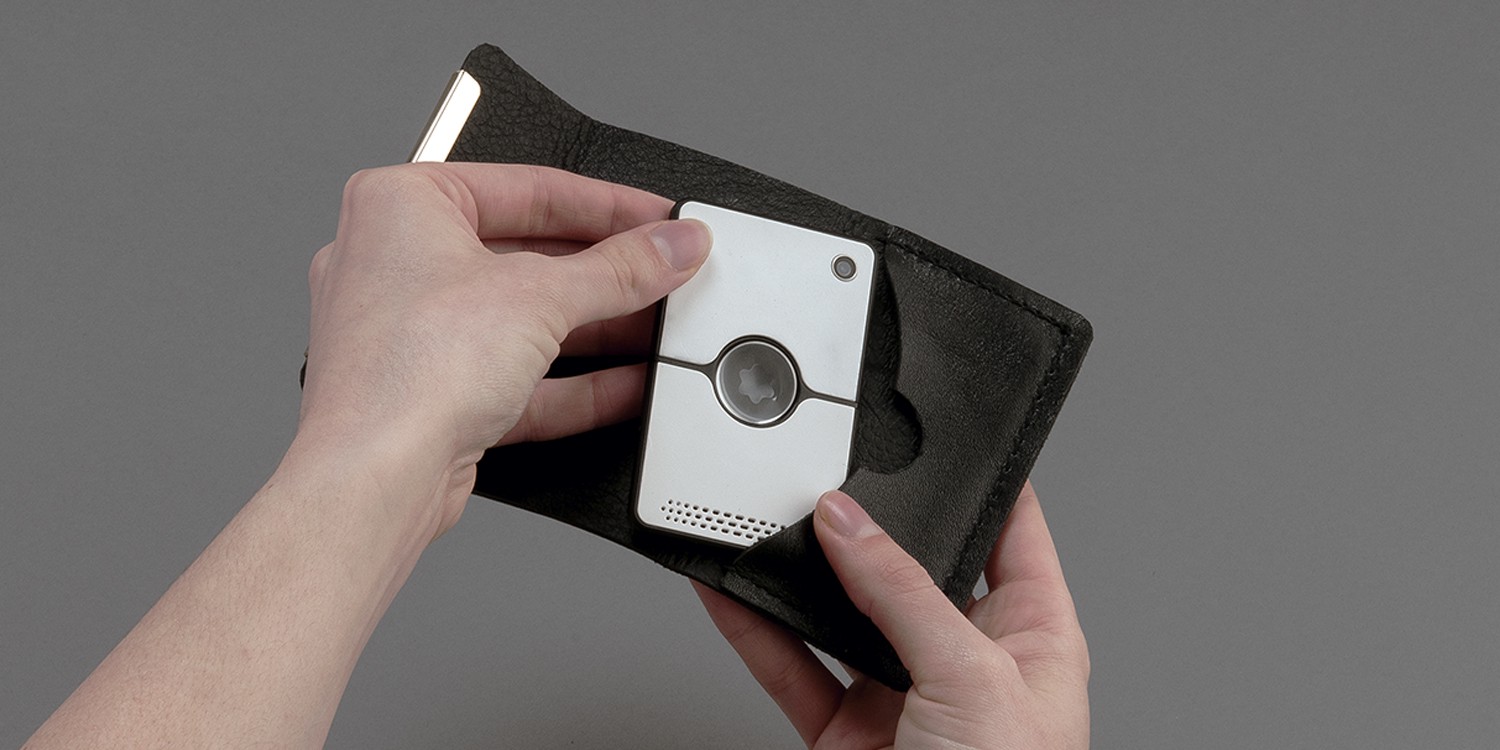Physical vs Digital Memories
The desire to pass on your memories to the next generation has, and always will be, a fundamental part of what it means to be human. Sharing stories and reliving shared memories bonds us as friends and families. This often happens with the help of physical objects such as photographs, diaries and other unique artefacts of value that can help paint a vivid picture of the past.
Yet each of us today owns not just a physical legacy, but a virtual one. With every generation living and saving more moments digitally, our ‘virtual estates’ are of ever-increasing personal and financial value.

Yet few of us have thought carefully about how we might leave these digital assets to our family and friends. Ultimately, legacy is about storytelling — a creative process that requires time, curation, care, and investment. Since the main goal of a legacy is to preserve information well into the future, this creative process is usually focussed on physical heirlooms that are long-lasting and can be passed down through the generations.
The Importance of Curation
However, in our current digital landscape, the virtually unlimited amount of content we can create and store has vastly inflated the number of moments we capture. To a certain extent, this is reducing the value of each individual memory. Furthermore, it raises a lot of questions as to how we will pass down our memories with the value that they deserve.
Digital services like Apple’s ‘Photos’ app have recognised this trend, and are helping customers add value to captured moments by automatically curating collections of important and related images, making the app much more akin to flicking through a physical album (which has already gone through a self-curation process by the very act of choosing which photos to put in the book). They are also recognising the power of the digital format to enhance these memories, taking an active approach of reminding users of past events at relevant moments in the present. A good example of this is the ‘On This Day’ feature, which shows you an image captured on the same day but a number of years ago. This could only be achieved with the assumption that users are capturing memories almost continuously — something that the digital revolution alone has enabled.
The Value of Digital Heirlooms
Amongst the wonderful opportunities digital technology presents there exists an ever-present longing for tangible experiences. We live in a 3D world and have learned to attach great emotional value to objects that link to certain life events, like an old locket handed down through the generations. Sometimes, these events can be remembered with much greater emotional intensity simply through touch or smell than viewing an image. Furthermore, the simple fact that this object can be touched, carried, protected or displayed separates it as something that will last many lifetimes, in contrast to digital services which come and go every few years.
So what if we could combine the power of digital technology with the lasting emotional immediacy of physical objects to help people capture and store their memories? We spent time looking into this market opportunity, specifically in relation to how a high-value brand might introduce a new product that fosters a significant emotional attachment with the user, increasing it’s perceived value over time.
We imagined a timeless digital ‘heart’; a perfectly clear disc of lab-crystal no bigger than a button, that can be encapsulated with digital data by physically etching into the core of the material. Much like a record, data cannot be erased or re-written, and as the heart fills with memories, it’s appearance changes from optically clear, to milky and translucent.

This heart would be the core of a range of product accessories that enable different methods of memory capture and storage, alongside different ways to read and relive what has been captured. Although these peripheral products will come and go, the heart will remain consistent. It can be stored, gifted, or presented just like a photo album, or worn like a locket. Over generations, the value attached to these objects will increase exponentially as other links to the individual fade.
The challenge of designing objects that increase in value over time is a difficult and challenging one, especially when they are combined with rapidly changing technology. Yet we believe the trend of digital legacy goes to show that there is, and will be, a great opportunity for digitally enabled products that last for generations to come.
Read more of our news
The Effect of Gestalt Psychology on Design
Do designers and artists just rely on fashion and their own personal taste, or are there scientific and psychological reasons why some objects are so appealing?
Read more